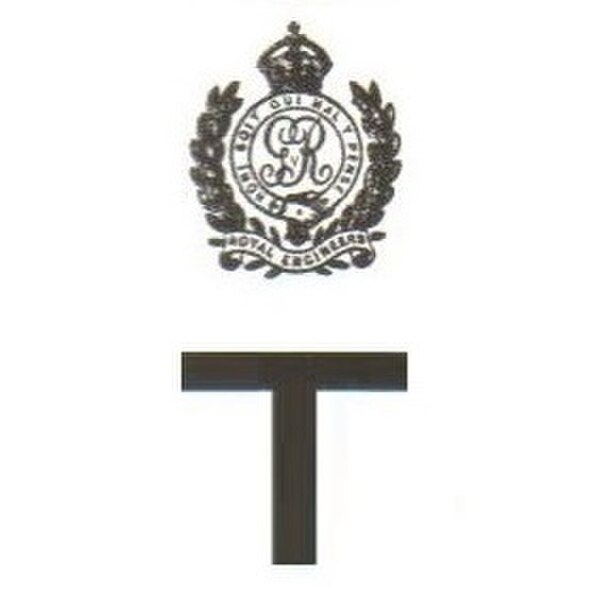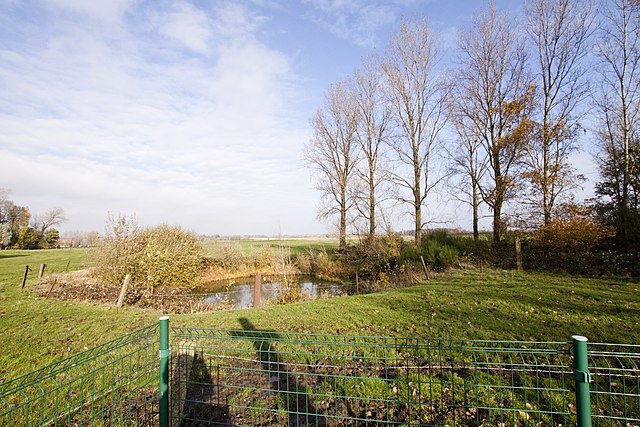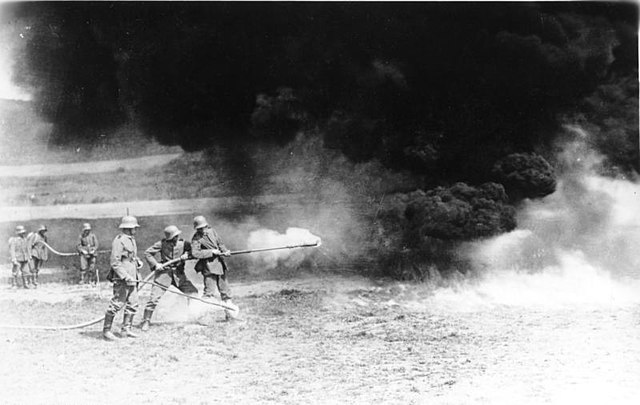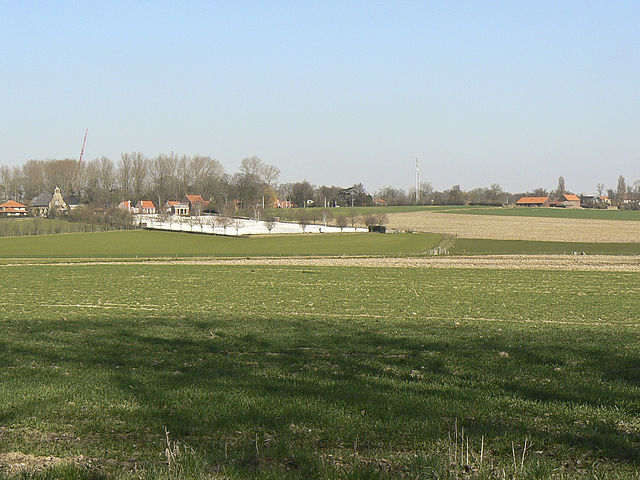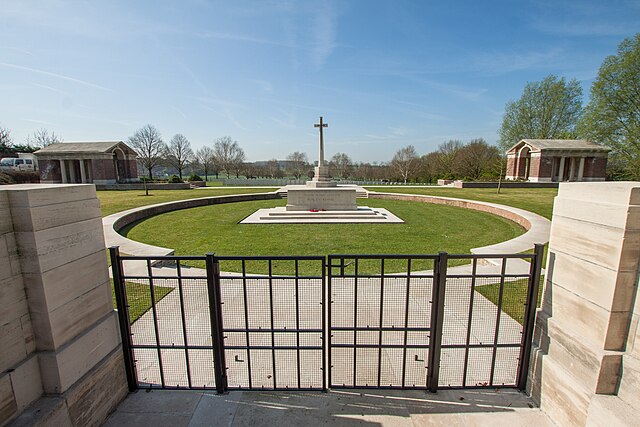The 177th Tunnelling Company was one of the tunnelling companies of the Royal Engineers created by the British Army during World War I. The tunnelling units were occupied in offensive and defensive mining involving the placing and maintaining of mines under enemy lines, as well as other underground work such as the construction of deep dugouts for troop accommodation, the digging of subways, saps, cable trenches and underground chambers for signals and medical services.
177th Tunnelling Company
Mine crater at Railway Wood near Hooge, located just behind the Royal Engineers' grave
RE Grave, Railway Wood, a memorial to men of the 177th Tunnelling Company
In World War I, the area around Hooge on Bellewaerde Ridge, about 2.5 mi (4 km) east of Ypres in Flanders in Belgium, was one of the easternmost sectors of the Ypres Salient and was the site of much fighting between German and Allied forces.
German flamethrowers during the First World War on the Western Front, 1917
Soldiers of the 10th Field Artillery Brigade of the 4th Australian Division passing through Château Wood, near Hooge, 29 October 1917.
View of Hooge from the south, with Hooge Crater Cemetery clearly visible
Hooge Crater Cemetery entrance with Cross of Sacrifice and the stone-faced circle designed by Sir Edwin Lutyens in memory of the many craters nearby

